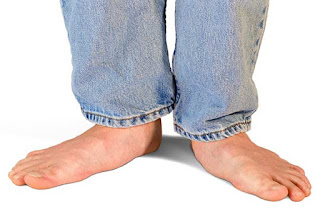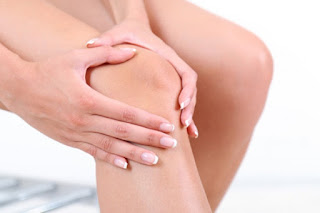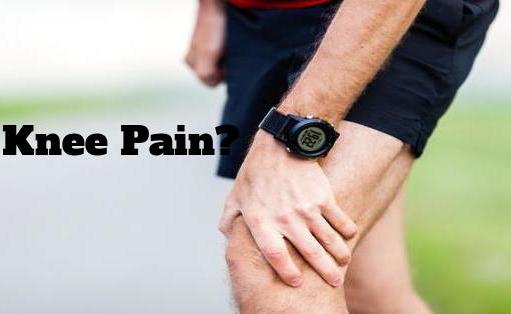Flat foot or fallen arches can be defined as foot that have low or no arches, which press completely against the ground. A normal feet has an arch which is an upward curve in the middle portion that usually raised off the ground when a person stand. Tendons are the tight bands that attach at the heel and foot bones that forms the arch.
In small children the arch may not be visible because of baby fat and soft tissue in the feet and it will usually appears as they get older. But in some people arch will not develop because the tendons do not pull together properly and results in flat foot.
Causes of Flat Foot
Flat feet can arise from a variety of causes. The following are the most common causes:
In small children the arch may not be visible because of baby fat and soft tissue in the feet and it will usually appears as they get older. But in some people arch will not develop because the tendons do not pull together properly and results in flat foot.
Symptoms of Flat foot
The following are some of the symptoms of flat foot and their subsequent problems:- Pain inside the ankle
- Flat foot pain
- Problem while running
- Uneven shoe wear
- Lower leg pain
- Swelling along the inside of the ankle
- Feet may roll over to the inner side while walking
Types of Flat Foot
Flat foot are of two general types; flexible flatfoot and rigid flatfoot. If a person have an arch while sitting or standing on their toes and the arch disappears when they stand with the entire foot on the ground it is a flexible flatfoot. If there is no arch while sitting or standing, it is a "rigid" or "true" flatfoot.Causes of Flat Foot
Flat feet can arise from a variety of causes. The following are the most common causes:
- Abnormality present from birth
- Nerve problems
- Damage of the posterior tibial tendon (PTT)
- Stretched or torn tendons
- Broken or dislocated bones
Treatment for Flat foot
The treatment depends on the cause and progression of flatfoot, which hinder the ability to walk or wear shoes. There are a lot of conservative and surgical procedures for correcting flat foot.
Centre for joint replacement and Advanced Orthopedics is a leading hospital for bone and joint complications, the hospital provides the best Treatment for Flat Foot in Mumbai, with the supervision of Dr. S. V. Santpure, one of the best Consultant Joint Replacement Surgeon in Mumbai .
Visit us:orthopedicsindia.com
Mail us: orthopedicsind@gmail.com









